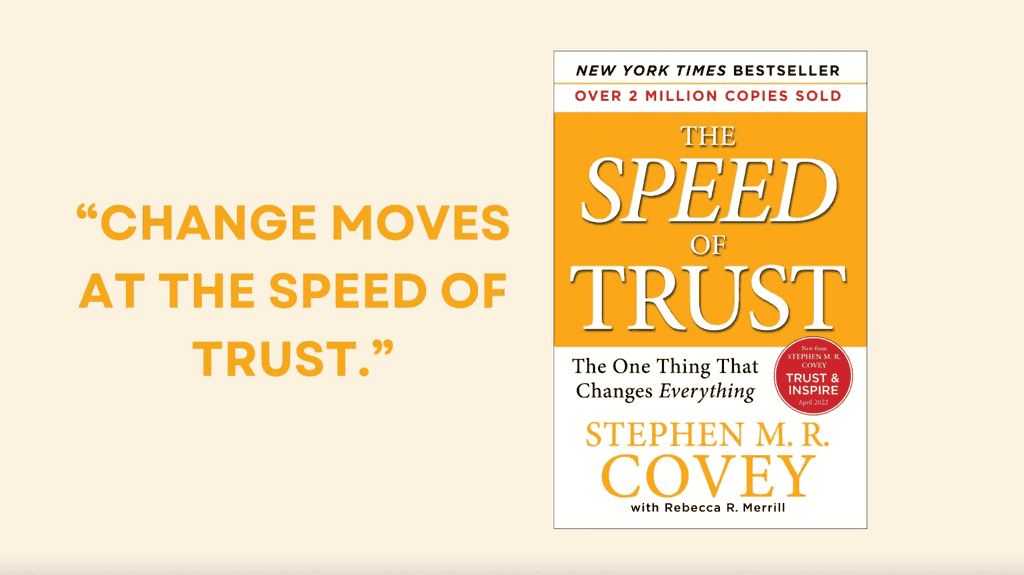
Stalling for Time by Gary Noesner Summary
Inside the FBI's highest-stakes standoffs, Gary Noesner's memoir reveals the psychological chess of hostage negotiation. The inspiration behind Netflix's "Waco" series shows how active listening saved lives when bullets couldn't. What would you say to someone holding lives in their hands?
About the author
Gary Noesner, author of Stalling for Time: My Life as an FBI Hostage Negotiator, is a renowned crisis management expert and former Chief of the FBI’s Crisis Negotiation Unit.
His memoir blends firsthand accounts of high-stakes negotiations—including the infamous 1993 Waco siege with David Koresh—with insights into de-escalation tactics, establishing it as essential reading in law enforcement and leadership circles.
With 30 years at the FBI, Noesner resolved over 120 international kidnappings, militia standoffs, and terrorist incidents, later applying this expertise as a Senior Vice President at global risk firm Control Risks. His work has been featured in documentaries by the History Channel, CNN, and NPR, while his portrayal by Michael Shannon in the Paramount Network’s Waco series brought his methods to mainstream audiences.
The book, praised for its gripping narrative and tactical wisdom, was adapted into audiobook format narrated by Noesner himself and remains a training staple for crisis negotiators worldwide.
FAQs About This Book
Stalling for Time is Gary Noesner’s memoir detailing his 30-year career as an FBI hostage negotiator, offering firsthand accounts of high-profile crises like the Waco siege, D.C. sniper attacks, and overseas kidnapping cases. The book emphasizes negotiation tactics, crisis management strategies, and the psychological dynamics of diffusing conflicts without violence.
This book is ideal for law enforcement professionals, true crime enthusiasts, and readers interested in psychology, negotiation techniques, or crisis resolution. It’s also valuable for corporate leaders seeking insights into conflict management and workplace violence prevention.
Yes, Stalling for Time is praised for its gripping storytelling and actionable negotiation lessons. While some critics note Noesner’s biased perspective against tactical teams, the book remains a seminal work for understanding hostage negotiation’s human-centric approach.
Noesner highlights active listening, empathy-building, and stalling tactics to de-escalate crises. Key principles include avoiding ultimatums, addressing emotional needs, and creating rapport to steer subjects toward peaceful surrender.
Noesner critiques the FBI’s handling of the 1993 Branch Davidian standoff, arguing excessive tactical escalation undermined negotiation progress. His firsthand account reveals internal conflicts between negotiators and tactical teams during the 51-day crisis.
Beyond law enforcement, the book’s negotiation frameworks apply to business disputes, family conflicts, and workplace dynamics. Noesner stresses treating adversaries with respect, identifying unmet needs, and avoiding power struggles.
Some reviewers note Noesner’s repeated blame of tactical teams for failures, creating a one-sided narrative. Others find the writing overly technical in sections, though most praise its accessibility.
Unlike action-focused accounts, Noesner’s memoir prioritizes psychological nuance over tactical heroics. It complements works like Mindhunter but stands out for its negotiation-specific focus.
- “You might even say that all of life is a negotiation.”
- “Don’t take away creature comforts. Don’t let them know they hold power over you.”
These emphasize empathy and strategic patience.
His post-retirement role as a kidnapping consultant for Control Risks adds credibility, showcasing real-world applications of his FBI-developed methods in corporate and international contexts.
The book’s lessons on de-escalation and communication remain critical amid modern tensions like workplace violence, terrorism, and political standoffs. Its human-centered approach contrasts with today’s polarized discourse.
The book covers underreported incidents, including Middle East hijackings (e.g., TWA Flight 847), prison riots, and his involvement in the Pan Am Flight 103 bombing investigation.
Quick Summary Mode - Read or listen to Stalling for Time Summary in 9 Minutes
Break down key ideas from Stalling for Time into bite-sized takeaways to understand how innovative teams create, collaborate, and grow.
Flash Card Mode - Top 10 Insights from Stalling for Time in a Nutshell
Distill Stalling for Time into rapid-fire memory cues that highlight Pixar’s principles of candor, teamwork, and creative resilience.

Fun Mode - Stalling for Time Lessons Told Through 20-Min Stories
Experience Stalling for Time through vivid storytelling that turns Pixar’s innovation lessons into moments you’ll remember and apply.
Personalize Mode - Read or listen to Stalling for Time Summary in 0 Minutes
Ask anything, pick the voice, and co-create insights that truly resonate with you.

From Columbia University alumni built in San Francisco
See More Stories?

Get the Stalling for Time summary as a free PDF or EPUB. Print it or read offline anytime.
























